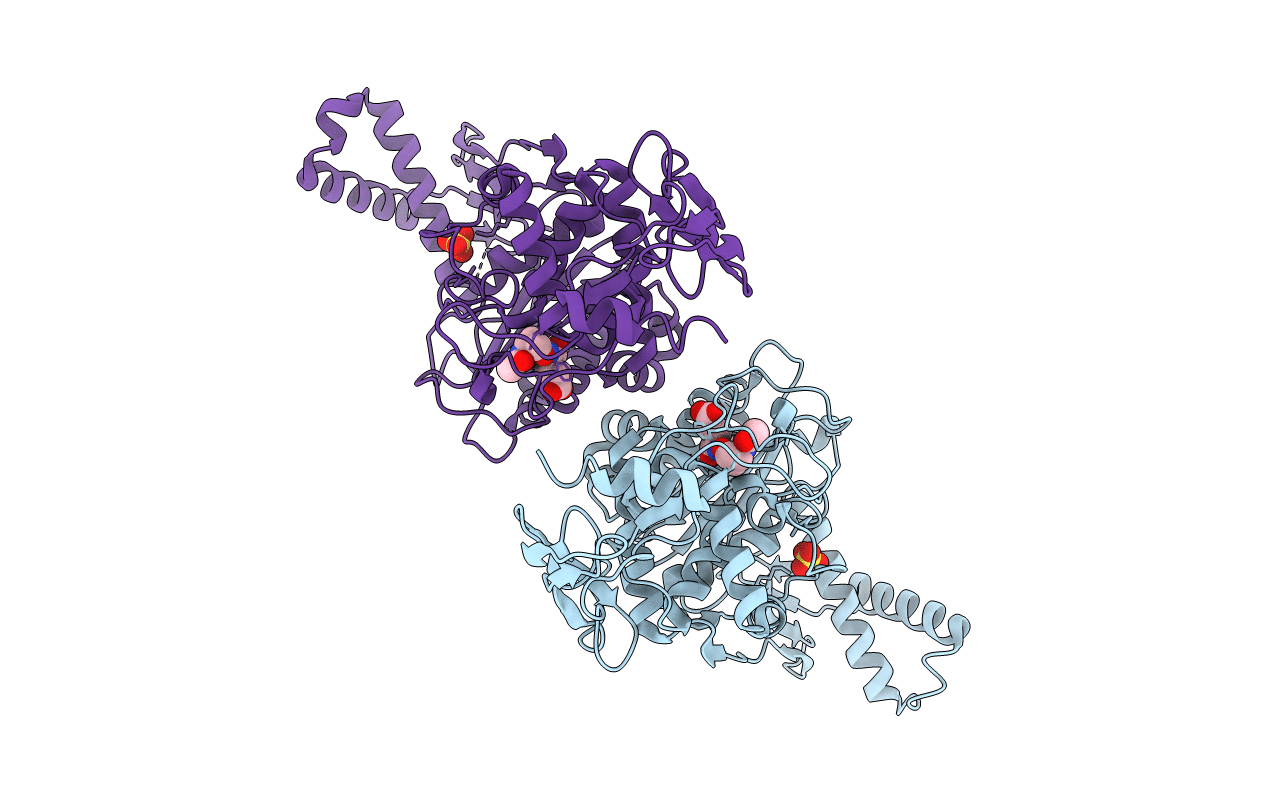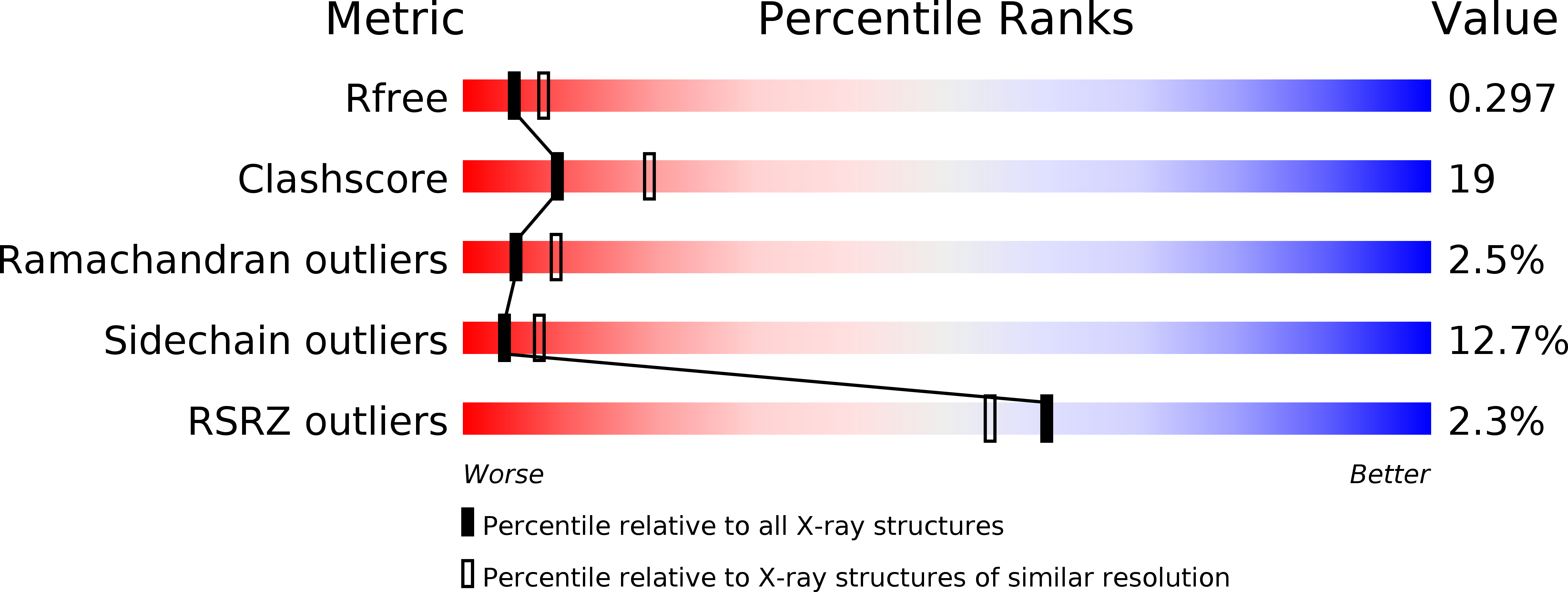
Deposition Date
2007-01-15
Release Date
2007-08-14
Last Version Date
2024-11-20
Entry Detail
PDB ID:
2JE5
Keywords:
Title:
STRUCTURAL AND MECHANISTIC BASIS OF PENICILLIN BINDING PROTEIN INHIBITION BY LACTIVICINS
Biological Source:
Source Organism:
STREPTOCOCCUS PNEUMONIAE (Taxon ID: 171101)
Host Organism:
Method Details:
Experimental Method:
Resolution:
2.60 Å
R-Value Free:
0.29
R-Value Work:
0.26
R-Value Observed:
0.26
Space Group:
P 21 21 21


